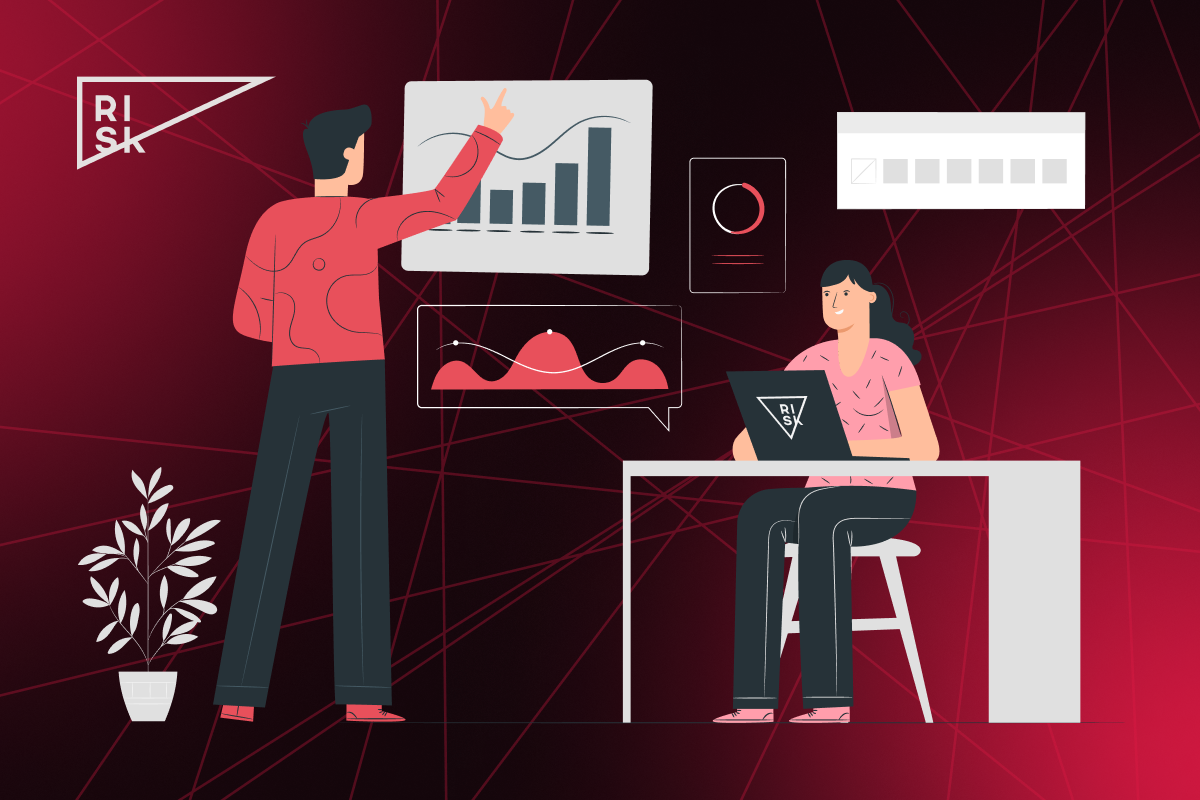Strategic workforce planning (SWP) is the cornerstone of this adaptability, enabling companies to align their workforce with their business goals. This process is not just about filling roles; it’s about anticipating future needs and creating a resilient talent strategy.
For businesses aiming to thrive in a dynamic landscape, adopting an SWP framework is no longer optional—it’s essential. Learn more about creating a robust strategic workforce planning framework and how companies like Risk Inc are leading the way with innovative solutions.
What is strategic workforce planning?
Strategic workforce planning is a structured approach to forecast an organization’s talent needs based on its long-term objectives. By analyzing current workforce capabilities and identifying gaps, businesses can make informed decisions about hiring, training, and resource allocation. This ensures the right mix of skills, people, and roles to drive growth and maintain a competitive edge.
The strategic workforce planning framework
A comprehensive strategic workforce planning framework typically includes the following steps:
1. Business Goal Alignment. Begin by understanding the company’s long-term objectives and key performance indicators. The workforce plan should directly support these goals.
2. Workforce Analysis. Assess current talent, skills, and demographic trends within the organization. Use data to identify gaps and predict future requirements.
3. Forecasting Future Needs. Based on business projections, anticipate upcoming talent demands, including the skills and roles required.
4. Action Planning. Develop strategies to address gaps. This may include hiring, reskilling, or introducing automation for efficiency.
5. Monitoring and Adjustment. Continuously evaluate the plan’s effectiveness, using key metrics to ensure alignment with business needs.
The role of technology in SWP
Advanced tools and analytics have transformed workforce planning from a reactive to a proactive process. For example, companies like Risk Inc use sophisticated SWP frameworks to predict talent needs and optimize their workforce strategies. By leveraging data-driven insights, Risk Inc ensures they stay ahead of industry demands and maintain a strong competitive position.
Why Your Business Needs SWP
Implementing a strategic workforce planning framework offers numerous benefits:
Proactive Risk Management. Anticipate challenges like skill shortages or turnover before they impact the business.
Increased Agility. Respond quickly to market changes with a well-prepared workforce.
Cost Efficiency. Optimize hiring and training costs by avoiding overstaffing or understaffing.
Employee Development. Align workforce planning with career development programs to retain top talent.
Strategic workforce planning is your roadmap to a resilient and future-ready organization. By embracing this process, you can ensure your business has the right people in the right roles, ready to tackle tomorrow’s challenges.


